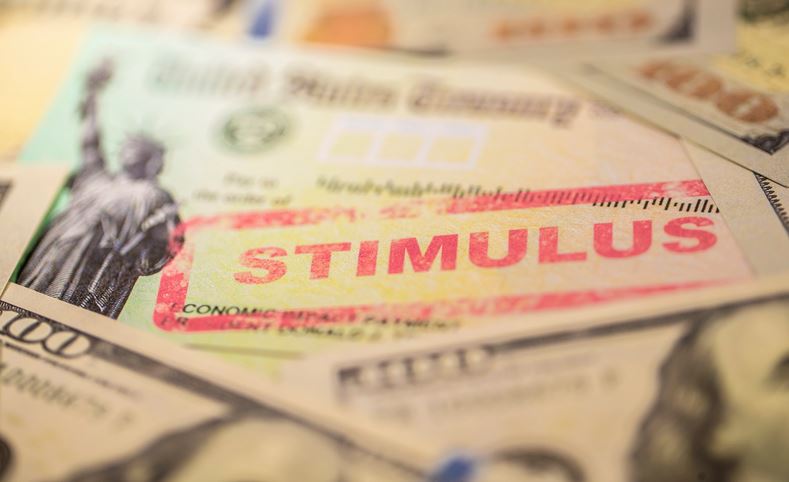The latest COVID-19 stimulus package, the American Rescue Plan Act (ARPA), contains a myriad of provisions to provide relief to individuals and employers – including some important changes to employer tax credits that have somewhat flown under the radar. While Congress originally extended the tax credit for employers who voluntarily continued to provide emergency paid sick leave (EPSL) and emergency family medical leave (EFMLA) under the federal Families First Coronavirus Response Act (FFCRA) through March 31, ARPA extended these tax credits further into 2021. The new stimulus package also made some other significant changes to the now-voluntary FFCRA that seem to have drawn less attention, but are no less important for employers. Here are the five most important things you need to know about these new ARPA rules.
- Extends Tax Credits for Voluntarily Provided Leave from April 1, 2021 to September 30, 2021
While this latest stimulus package does not revive covered employers’ obligation to provide FFCRA leave (which expired at the end of 2020), it does extend the tax credit for employers who voluntarily continue to provide emergency paid sick leave and emergency family medical leave to employees to September 30, 2021. - Provides A New “Bucket” of EPSL for Employees
The ARPA also provides a new entitlement of 10 days of EPSL for employees whose employers choose to voluntarily provide the leave. Therefore, you can provide eligible employees who previously exhausted their EPSL benefits (or had some left prior to April 1, 2021) with an additional 10 days of leave and you would still be eligible to claim the tax credit for that time. - Offers Additional Reasons for Leave Eligible for Tax Credits
The reasons an employee can take paid sick leave are also expanded under ARPA to include the following additional qualifying reasons:- the employee is obtaining immunization (vaccination) related to COVID-19;
- the employee is recovering from any injury, disability, illness or condition related to such vaccination; or
- the employee is seeking or awaiting the results of a diagnostic test or medical diagnosis for COVID-19 (or their employer has requested such a test or diagnosis).
- Expands Qualifying Reasons for Leave and Tax Credit Limits
There are two other significant changes to now-voluntary FFCRA. The qualifying reasons for which an employee can take EFMLA are now expanded to include all of the same reasons as EPSL (including the new reasons listed above). The new law also increases the limit on the tax credit for EFMLA, allowing the credit on up to $12,000 in paid family leave wages instead of the previous $10,000. - Creates Non-Discrimination Rules
The new law adds non-discrimination rules to provide that no tax credit is available if the employer, in determining availability of the paid leave, discriminates in favor of highly compensated employees, full-time employees, or employees on the basis of tenure with the employer. This provision appears designed to compel employers who make the decision to voluntarily provide leave do so in a uniform manner without favoring certain categories of workers over others.
The Big Question: Can you Provide Leave for Some Qualifying Reasons, but Not Others?
As employees are becoming eligible for vaccines and in an effort to encourage vaccination, many employers may be wondering if they can choose to voluntarily provide FFCRA leave to their employees for certain reasons – such as vaccine appointments and to recover from side effects of the vaccine – and not for others. Unfortunately, this is not expressly addressed in the statute.
However, it does appear clear that if an employer chooses to voluntarily provide EPSL or EFMLA to its employees to claim the associated tax credits, it should generally comply with the requirements of the FFCRA’s paid leave mandates rather than picking and choosing qualifying reasons. It could be permissible to voluntarily provide EPSL to your employees but not voluntarily extend the entitlement to EFMLA; you should work with your counsel on this issue if you decide to go this route.
Possible Fresh Set of Tax Credits Available for EFMLA
Another open question: the legislation is not as clear about tax credits when it comes to EFMLA as it is with EPSL. However, it appears that ARPA provides a “fresh” set of tax creditable EFMLA leave from April 1, 2021 to September 30, 2021, to the extent an employee otherwise has available FMLA leave based upon an employer’s lookback methodology for measuring available FMLA leave. In other words, you could claim tax credits for leave voluntarily provided to an employee who had previously exhausted their EFMLA benefits, provided that employee has not exhausted their FMLA leave based on your look back period. There is some ambiguity in the statute with regard to this issue, and we hope to receive guidance from the Department of Labor (DOL) or Internal Revenue Service (IRS) in the coming weeks.
Interaction with Other COVID-19 Sick Leaves
You should remain cognizant of the many state and local COVID-19 paid leave obligations, (such as California’s Supplemental Paid Sick Leave), that continue to apply or have been extended beyond the expiration of the FFCRA. In some cases, these leaves may run concurrently with voluntary FFCRA leave affording employers with a tax credit for some or all that time as well. You should closely discuss the availability of tax credits to cover some or all of these leave obligations with counsel.
